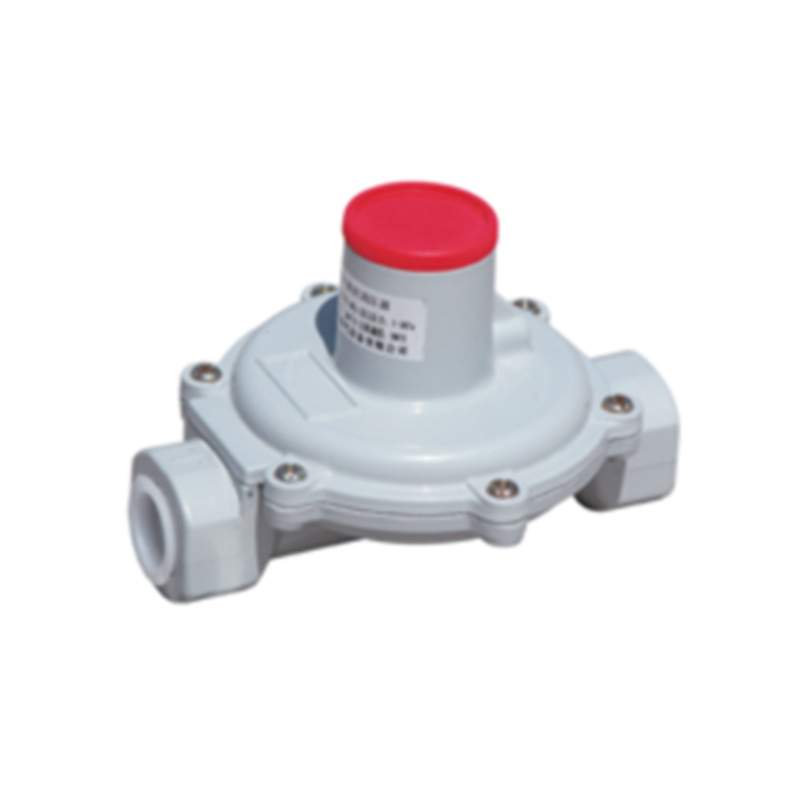
Nov . 21, 2024 05:45
Back to list
electric regulating valve
Understanding Electric Regulating Valves A Comprehensive Overview
Electric regulating valves are essential components in various industrial processes, playing a crucial role in the precise control of fluid flow. These valves are typically utilized to regulate the flow rate, pressure, and temperature within a system, thereby ensuring optimal operating conditions and enhancing overall efficiency.
Working Principle
Electric regulating valves operate using an electric actuator that adjusts the valve position according to the control signals received from a supervisory system, often a programmable logic controller (PLC) or a Distributed Control System (DCS). When the control system detects a deviation from the desired process parameters, it sends a signal to the actuator, which moves the valve to either open or close, thereby modulating the flow of the fluid. The ability to make quick and accurate adjustments helps maintain the desired conditions within the process, leading to improved safety and performance.
Types of Electric Regulating Valves
There are several types of electric regulating valves available in the market, each designed for specific applications. The most common types include
1. Globe Valves Ideal for throttling service, globe valves can effectively control flow over a wide range of capacities. 2. Ball Valves Known for their quick on/off capabilities, electric ball valves are also capable of flow regulation, making them versatile in various applications.
3. Butterfly Valves These valves provide good flow control in larger pipes and are often used in HVAC systems and water treatment plants.
4. Gate Valves Although primarily designed for fully open or closed positions, electric gate valves can be adapted for flow regulation in certain scenarios.
electric regulating valve

Advantages of Electric Regulating Valves
The use of electric regulating valves offers multiple advantages
- Precision Control They provide accurate and repeatable adjustments, which is critical for processes requiring exact flow conditions. - Automation Electric valves can be easily integrated into automated systems, reducing the need for manual intervention and minimizing human error. - Efficiency By maintaining optimal conditions, electric regulating valves help reduce waste and increase energy efficiency, which can lead to significant cost savings over time. - Safety Properly functioning electric valves contribute to system stability and safety by preventing overpressure situations and managing flow control effectively.
Applications
Electric regulating valves are widely used across various industries, including
- Oil and Gas For controlling the flow of crude oil and gas, ensuring safety and efficiency during extraction and processing. - Chemical Processing In reactors, mixers, and other equipment where controlling chemical flow is critical for maintaining reaction conditions. - HVAC Systems To regulate temperature and airflow within buildings, contributing to improved comfort and energy efficiency. - Water Treatment In filtration and distribution systems to manage flow rates and maintain water quality.
Conclusion
In conclusion, electric regulating valves are vital for the smooth operation of many industrial processes. Their ability to provide precise control over fluid dynamics not only enhances operational efficiency but also promotes safety and reliability. As industries continue to evolve, the importance of these components will only increase, driving further advancements in technology and application methods. Implementing electric regulating valves can lead to significant improvements in overall system performance, making them an indispensable asset in modern industrial operations.
Next:
Latest news
-
Safety Valve Spring-Loaded Design Overpressure ProtectionNewsJul.25,2025
-
Precision Voltage Regulator AC5 Accuracy Grade PerformanceNewsJul.25,2025
-
Natural Gas Pressure Regulating Skid Industrial Pipeline ApplicationsNewsJul.25,2025
-
Natural Gas Filter Stainless Steel Mesh Element DesignNewsJul.25,2025
-
Gas Pressure Regulator Valve Direct-Acting Spring-Loaded DesignNewsJul.25,2025
-
Decompression Equipment Multi-Stage Heat Exchange System DesignNewsJul.25,2025

